What will it take to improve socioeconomic diversity at the leading U.S. colleges and universities?
Recent research by economists Caroline Hoxby and Christopher Avery, confirming the underrepresentation of talented low-income students at selective schools, is important as policy makers consider our nation's fiscal challenges. Getting more low-income students into the applicant pools of our best schools is critical, but it is only part of the solution. Without more resources for financial aid, convincing more low income students to apply will only result in more low-income students being rejected.
Even among the most selective colleges and universities, financial aid resources are not unlimited and must compete with other spending priorities. The few remaining "need-blind" institutions, which do not take the financial aid needs of applicants into account in making admissions decisions, would find their budgets further challenged, were the demands for financial aid to continue to increase significantly.
In higher education, our commitment to access runs up against the constraints of finite resources. For example, to improve socioeconomic diversity at Vassar College, we returned to being need blind in the admissions process in 2007, and increased our recruitment of talented lower-income students. Then came the recession. The timing of this policy change resulted in a doubling of our financial aid budget between 2007 and 2012, putting significant pressure on our overall budget. But, it also successfully increased the socioeconomic diversity of our student body, increasing significantly the number of Pell Grant recipients and students whose parents didn't attend college. We have spent unsustainable amounts from our endowment and cut other costs during the recession in large part to meet these financial aid needs, because it is the right thing to do to protect affordability and access in the midst of a severe economic downturn. Other institutions have faced similar challenges, including Wesleyan University and Grinnell College.
Our most significant policy challenge of the last few years has been weighing the social good of ensuring that qualified applicants can afford to attend against the fiscal constraints, worsened by the recession.
While affirmative action policies have contributed to greater representation of African Americans and Latinos at the nation's top schools, socioeconomic diversity has lagged. Conducting research with colleagues at Williams College, we found that only 10 percent of students attending selective colleges and universities came from the bottom 40 percent of the income distribution in 2001, and that little progress had been made by 2008, except at a few of the very wealthiest institutions. And, based on SAT and ACT data, we demonstrated that there were plenty of talented low-income students out there who were not making it to the selective schools for a variety of reasons. The problem was not and is not that talented low-income students do not exist.
If income inequality is not to be reinforced by America's top colleges and universities, we must enroll and support a more socioeconomically diverse student body. Financial aid spending has increased significantly at the most selective colleges and universities over the last decade, and there are currently discussions among a group of liberal arts college presidents to reallocate merit aid to need-based financial aid, as a way of recommitting efforts to support socioeconomic diversity. But higher education alone can't solve the affordability and financial aid imperative, whether at selective, private colleges or public institutions. Renewed government support is also essential for improving college affordability and accessibility.
Federal government policies affect our decisions as higher education leaders, and can encourage the allocation of more resources to financial aid and access. Incentives for colleges and universities to control costs and to allocate added resources to financial aid are needed. If access to federal subsidies and programs -- from grants to subsidized loans to favorable tax treatment -- were tied to achieving greater low-income access and socioeconomic diversity, colleges and universities would be better equipped to balance the public good with fiscal limitations.
As income inequality increases in America, as the federal government considers its fiscal challenges, and as the Supreme Court reconsiders race-based affirmative action, attention to access by talented low-income students to the nation's top colleges and universities is both timely and imperative. Solutions may not be simple or inexpensive, but the fact is that these qualified students are out there. We should be giving them every opportunity, first encouraging them to apply and then making it possible for them to attend.